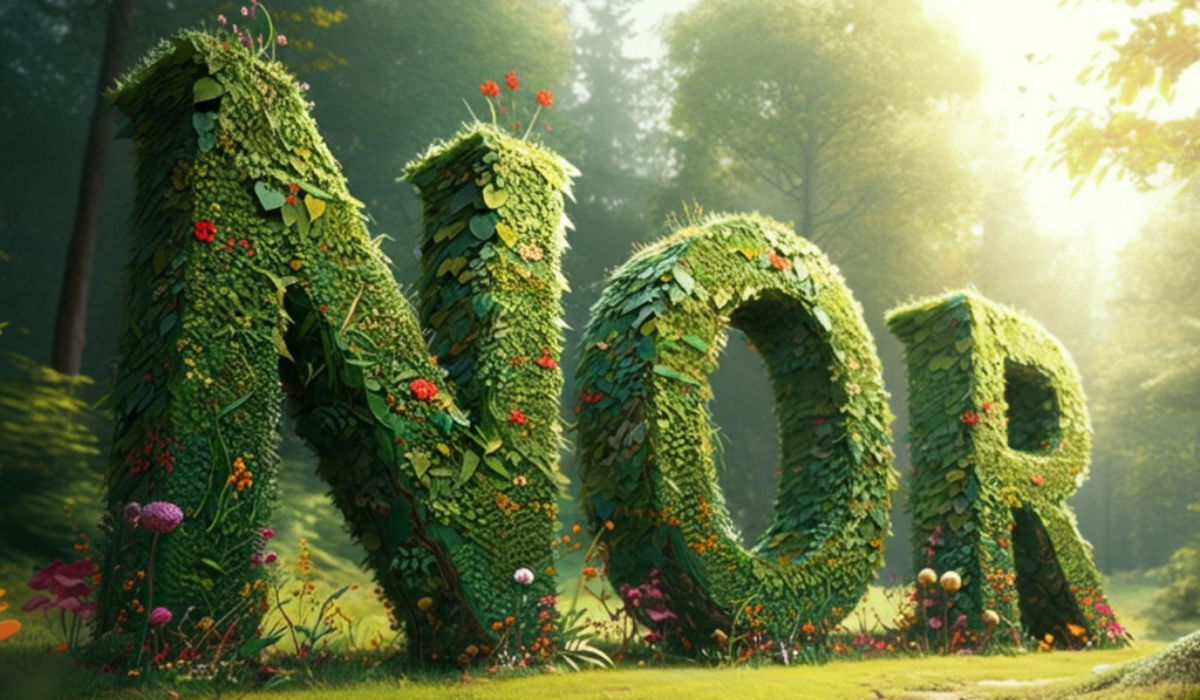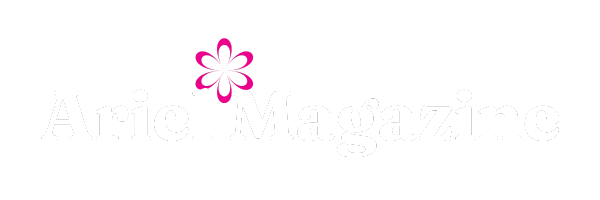Art & Culture
What Does Environmental Typography Trend Entail in Graphic Design?

Graphic design has always evolved, feeding on cultural movements, societal shifts, and technological advancements. One trend that has recently gained significant momentum is environmental typography. But what exactly is this trend, and why are designers across industries eagerly adopting it?
This blog dives deep into the environmental typography trend, breaking down what it entails, why it matters in the design world, and how you, as a graphic designer, can incorporate it into your work. By the end, you’ll understand this trend’s aesthetic appeal, deeper purpose, and potential impact.
What Is Environmental Typography?
At its core, environmental typography integrates typography with the physical environment. It moves beyond the confines of traditional, screen-based design to interact with tangible spaces. Think murals on urban walls, three-dimensional typographic sculptures in parks, or even typography that changes based on natural elements like wind or sunlight.
This approach thrives at the intersection of art and functionality—melding letters, words, and messages with the physical context they inhabit. The result? Typography doesn’t just convey words but tells stories, evokes emotions, and often sparks social reflection.
Environmental typography caters to:
- Physical Spaces: Such as buildings, landscapes, or interiors.
- Interactive Experiences: Typography changes, responds, or adapts based on ecological factors.
- Eco-consciousness: Themes revolving around nature, sustainability, and awareness of our surroundings.
Why Is Environmental Typography Popular Now?
1. A Response to the Over-Digitized World
We live in a world saturated with screens. While digital design dominates, environmental typography offers a refreshing alternative by grounding creativity in the physical, experiential realm. This trend’s tactile nature makes it more memorable and impactful, giving audiences a break from digital fatigue.
2. Rise of Eco-consciousness
Growing awareness of environmental issues has influenced all forms of design, including typography. This trend allows designers to connect visual communication with sustainability themes and humanity’s relationship with the Earth.
3. Blurring the Lines Between Art and Design
Environmental typography often sits at the crossroads of graphic design and installation art. Designers can flex their artistic muscles, creating projects that deliver information and act as art pieces.
4. Instagram-Worthy Experiences
Let’s face it—social media loves a good photo op. Large, visually stunning, and contextually clever typographic installations get shared widely, amplifying their reach. Environmental typography becomes not just a design choice but a marketing one.
Key Elements of Environmental Typography
To grasp environmental typography fully, it helps to break it down into key elements:
- Materiality: Typography designed for a physical space involves material decisions. The medium, from wood and metal to digital projections on walls, affects the message.
- Scale and Proportions: Environmental typography often deals with large-scale formats. The size demands careful planning to maintain readability and visual impact while harmonizing with the surrounding space.
- Context: The surrounding environment plays a crucial role. A typographic mural in an urban cityscape will differ significantly from one designed for a serene park or coastal area.
- Sustainability Consideration: Given its focus on environmental contexts, this trend frequently champions sustainability using recycled or locally sourced materials.
How to Incorporate Environmental Typography Into Your Work
Curious about how to adopt this trend in your projects? Here’s a roadmap:
1. Start With the Environment
Begin by studying the physical space you’re designing for. Take into account:
- Lighting (daytime vs. nighttime effects).
- Environmental factors (wind, rain, or sunlight).
- Existing materials or structures in and around the space.
2. Think Beyond Flat Design
Environmental typography often calls for 3D design principles. Experiment with sculpture-style typography or digital projections that transform static spaces.
3. Play With Scale
Environmental typography thrives on boldness. Don’t be afraid to go big—a more significant scale ensures impact, especially in busy public spaces. Test multiple perspectives to ensure readability and aesthetics.
4. Highlight a Message
Great typography isn’t just about form but also function. Use this opportunity to highlight a meaningful message, whether it aligns with a commercial goal, social awareness initiative, or artistic sentiment.
5. Collaborate With Other Disciplines
Environmental typography is rarely a solo endeavor. Partner with architects, urban planners, or landscapers to integrate your work seamlessly into physical spaces.
6. Sustainability Matters
If the project’s theme allows, consider using eco-friendly materials or processes. This approach aligns with the spirit of environmental typography and may resonate better with your audience.
Examples of Environmental Typography in Action
1. “What Do You See?” Urban Installation – London
An art installation in the heart of London consists of large, mirror-like letters that reflect their urban environment. The typography’s changing appearance throughout the day creates a dialogue between viewers, typography, and the city itself.
2. Floating Type in Parks – The Netherlands
A type of installation uses recycled plastics to create letters that float on water bodies, promoting sustainability while becoming a conversation starter. The letters are arranged to spell phrases that connect with nature and conservation themes.
3. Times Square Digital Typography Display – NYC
While framed in a heavily urbanized context, NYC’s digital displays take environmental typography to new heights by integrating dynamic, animated types responding to real-time events (like weather or news).
Why You Should Experiment With Environmental Typography
Design is at its best when it steps out of predictable spaces and ventures into new terrain. Environmental typography allows graphic designers to extend their craft—enlarging their creative footprint while delivering work that resonates on a human, emotional level.
This trend also challenges designers, presenting opportunities to collaborate with people from different fields, explore innovative concepts, and work in uniquely engaging formats. It’s about creating not just design but experiences.
Conclusion
Environmental typography brings a refreshing and socially relevant dimension to graphic design. It’s not just about delivering a message. It’s about providing an experience. Whether you’re designing for commercial, artistic, or social purposes, this trend can elevate your work.
Feeling inspired to explore environmental typography? Step outside your comfort zone, experiment in physical spaces and challenge the boundaries of traditional design.
If you’d like personalized feedback or tips on implementing this trend in your next project, don’t hesitate to contact us—we’d love to discuss your ideas!
FAQs about What Does Environmental Typography Trend Entail in Graphic Design
Q1. What software do designers use for environmental typography?
Graphic designers often use Adobe Illustrator, AutoCAD, or SketchUp to bring their 2D visions into 3D environments.
Q2. What is the difference between environmental typography and traditional typography?
Environmental typography extends beyond the screen or page, combining type with physical spaces to create ecological experiences.
Q3. Are certain fonts better suited for environmental typography?
Sans-serif fonts with clear legibility and high scalability are often favored for outdoor spaces or wayfinding projects.
Q4. How does environmental typography align with branding?
When designed thoughtfully, environmental typography reinforces brand identity and creates immersive customer touchpoints.
Q5. What role does sustainability play in this trend?
Many designers now focus on sourcing eco-friendly materials and minimizing environmental impact in their typography projects.
